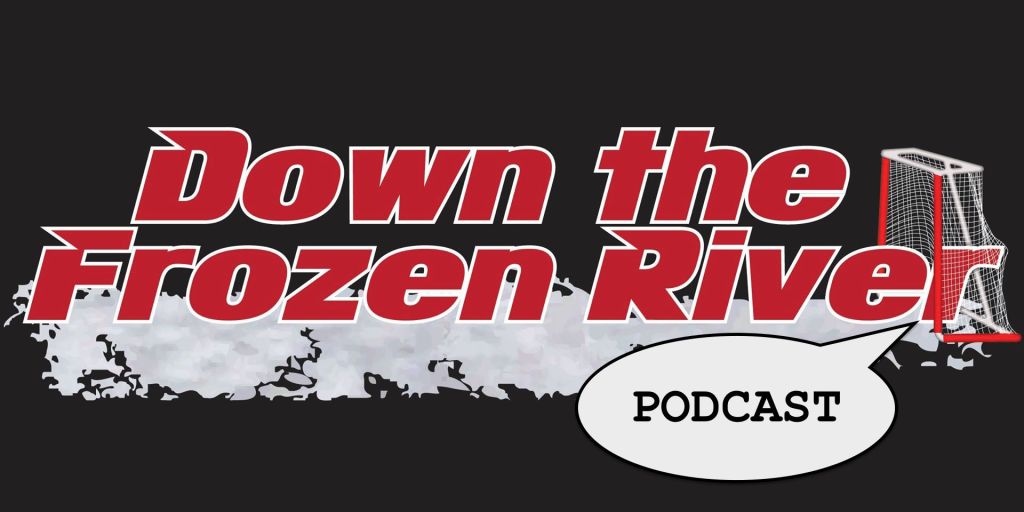-
Trading B’s-ness: Sweeney’s Promise
Don Sweeney is having his Peter Chiarelli moment. The current Boston Bruins General Manager is at a crossroads similar in nature to that of his predecessor in Chiarelli– except this time it’s forward thinking. No, not that forward thinking. Sweeney’s masterplan has made up for Chiarelli’s deficits in both defense and cap management. Yet, for a team…
-
Boston Bruins 2018-19 Projected Lineup
If you wait long enough into the summer things start to look more concrete– until you really look at the nitty gritty. The 2017-18 Boston Bruins were ahead of schedule. They exceeded expectations. They weren’t even supposed to have the kind of season they had until at least this season or next season (if that…
-
2018 Offseason Preview: Boston Bruins
Our offseason previews for all 31 National Hockey League teams continues with the Boston Bruins and their outlook for the summer. The Boston Bruins are ahead of schedule. They weren’t supposed to finish 2nd in the Atlantic Division this season according to most experts. They weren’t supposed to get 50 wins or 112 points, but…
-
2018 Offseason Preview: New York Rangers
Our offseason previews for all 31 National Hockey League teams continues with the New York Rangers and their outlook for the summer. It was a bit of a transition year rebuild for the New York Rangers in 2017-18 as the team finished 8th (last) in the Metropolitan Division with a 34-39-9 record and 77 points…
-
Riley Nash could be this summer’s big mistake (or not)
Every year there’s a Brooks Orpik, Matt Beleskey, David Backes or Karl Alzner in the free agent market and this summer, it’s Riley Nash. He exceeded expectations, he outperformed everything beyond imagination– in his contract year, after a 17-point (7 goals, 10 assists) season in 2016-17. His 15-26–41 totals included two power play goals and…


You must be logged in to post a comment.